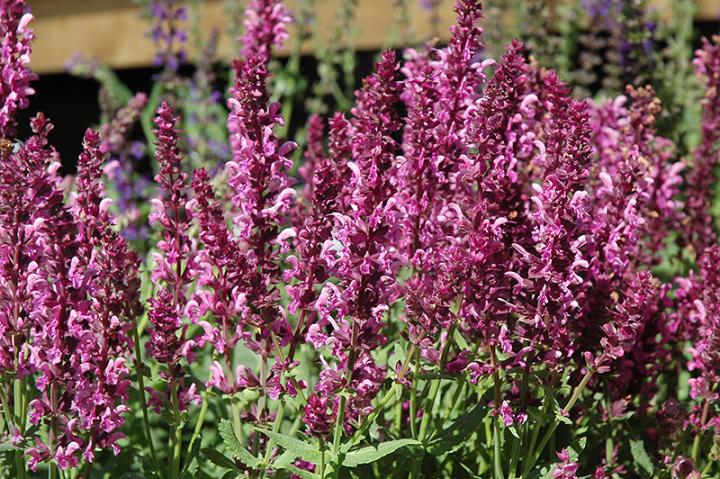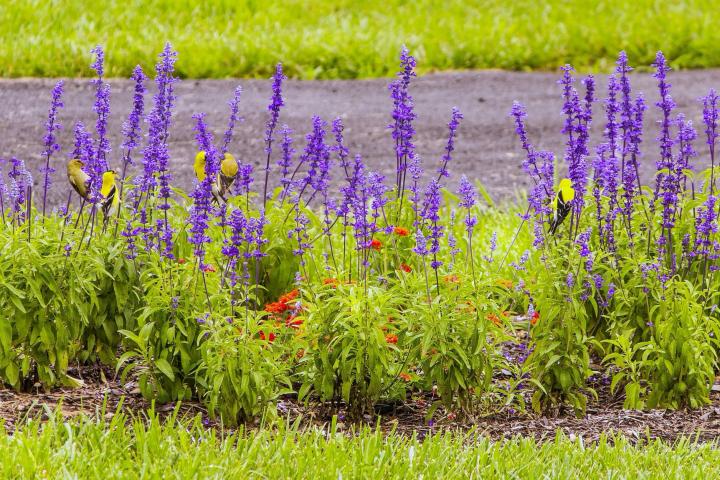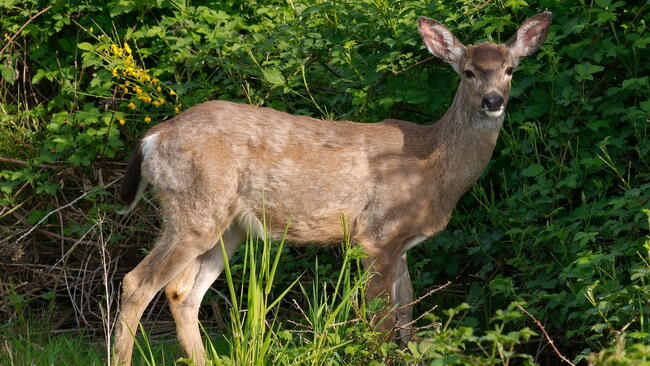
How to Plant, Grow, and Care for Salvia Flowers
ADVERTISEMENT
This is my first experience with growing salvia. How do I get my salvia to stand straight up? As it regrows each spring the stems stand straight then fall over onto the ground.
FA wrote: After the first killing frost, cut stems back to an inch or two above soil line.
Divide perennial salvias every few years. The best time to divide is in early spring before new growth begins. Just lift, divide into clumps, and replant.
Every spring, apply a new think layer of compost, and mulch again.
How do you know what type of sage you have?
There are quite a few varieties of salvia out there, and many look very similar! Generally, the leaf shape, flower color and shape, and the size of the plant are the things that set different varieties apart. If you take a stroll through a local garden center or even look at varieties online, you might find one that closely matches your own. But unless it’s a very obvious variety, it will be hard to nail down exactly which one you have!
How do I protect tops of May Night Salvias from gophers, voles, etc. I haven't transplanted to yard yet and noticed a different salvia I planted last year is being eaten, little by little it is disappearing...lol. I purchased wire mesh planters to place in the ground but I'm not too thrilled about wire over the tops...is this my only option?











Comments